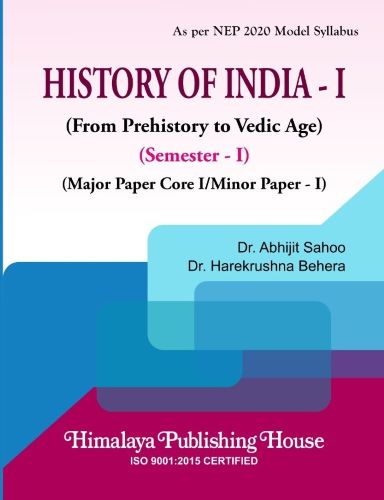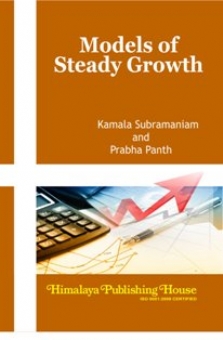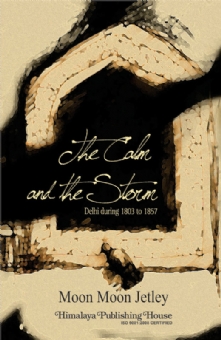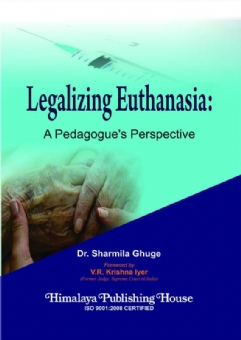History is not ‘his story’ or ‘her story’. It is the story of the unique part of the mankind. While Modern History is backed by ample sources, the ancient history lacks sources and primarily dependent on archaeological excavations. The book “HISTORY OF INDIA – I (FROM PREHISTORY TO VEDIC AGE)” has been written for the history students as a Major Core Paper I and Minor I under the NEP-2020 syllabus adopted by the Universities and Autonomous Colleges of Odisha. For the convenience of the students, different terminologies are clarified, Summary recaps are given, point and sub-points are highlights, Model Questions are given and LMR (Last Minutes Revision) is also supplied. In the first unit of the book, vivid depiction has been made on Reconstructing Ancient Indian History, Early Indian notions of History, Sources of Historical Writings and the Historiography concerned with this Period, Historical Geography, Major Harappan Sites, Sixteen Mahajanapadas. In the following units, discussions were also made about the Prehistoric Huntere-Gatherers and Food Production, Paleolithic Culture: Upper, Middle and Lower; Tool Typologies in Three Phases, Distribution of Sites, Subsistence Pattern, Mesolithic Culture: Distribution of Sites, Tool Typologies, Subsistence Pattern, Evidence of Foraging, Neolithic Culture: Zones of Early Farming Cultures of Indian Subcontinent (Ash Mound sites of South India, Eastern India, Vindhya Fringe, North Western India), Crops, Subsistence Pattern, Habitation structure. Focus has also been given on the Harappan Civilization, Origin and Nature; Harappa as Saraswati-Sindhu civilization: Settlement Patterns and Town planning (study of Harappa, Mohenjodaro, Kalibangan, Dholavira and Lothal), Economic Life: Agriculture, Craft Productions and Trade (External and Internal), Social and Political Organization; Religious Beliefs and Practices, Art. The subsequent chapter deals with topics like Early Vedic Age: Sources, Geography, Society, Polity, Economy, Religion and Literature, Later Vedic Age: Social Stratification (Varna and Gender), Polity, Religion, and Culture, Philosophy of Upanishads, Non-Harappan Chalcolithic Cultures and Megaliths: Malwa, Kayatha, Ahar, OCP, Eastern India, Megaliths in South India.
Contents –
UNIT – I: Reconstructing Ancient Indian History
1. Early Indian Notions of History
2. Sources of Historical Writings and the Historiography Concerned with this Period
3. Historical Geography
4. Major Harappan Sites
5. Sixteen Mahajanapadas
UNIT – II: Prehistoric Hunter-Gatherers and Food Production
6. Paleolithic Culture: Upper, Middle and Lower; Tool Typologies in Three Phases, Distribution of Sites, Subsistence Pattern
7. Mesolithic Culture: Distribution of Sites, Tool Typologies, Subsistence Pattern, Evidence of Foraging
8. Neolithic Culture: Zones of Early Farming Cultures of Indian Subcontinent (Ash Mound Sites of South India, Eastern India, Vindhya Fringe, North Western India), Crops, Subsistence Pattern, Habitation Structure
UNIT – III: The Harappan Civilisation
9. Origin and Nature: Harappa as Saraswati-Sindhu Civilization: Settlement Patterns and Town Planning (Study of Harappa, Mohenjodaro, Kalibangan, Dholavira and Lothal)
10. Economic Life: Agriculture, Craft Productions and Trade (External and Internal)
11. Social and Political Organisation; Religious Beliefs and Practices; Art
UNIT – IV: Cultures in Transition
12. Early Vedic Age: Sources, Geography, Society, Polity, Economy, Religion and Literature
13. Later Vedic Age: Social Stratification (Varna and Gender), Polity, Religion, and Culture, Philosophy of Upanishads
14. Non-Harappan Chalcolithic Cultures and Megaliths: Malwa, Kayatha, Ahar, OCP, Eastern India, Megaliths in South India
Multiple Choice Questions
Model Question Papers
Last Minute Revision (L.M.R.)
Books for References







